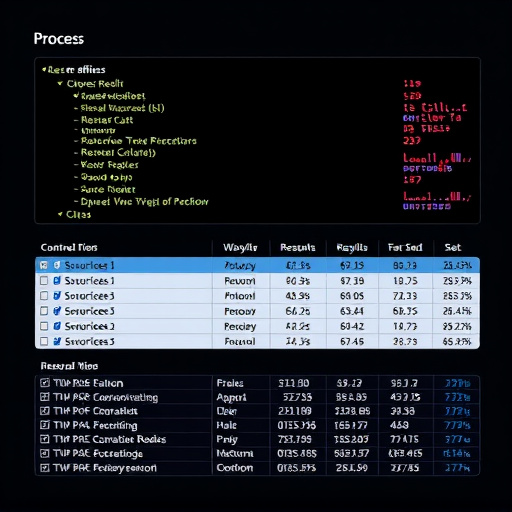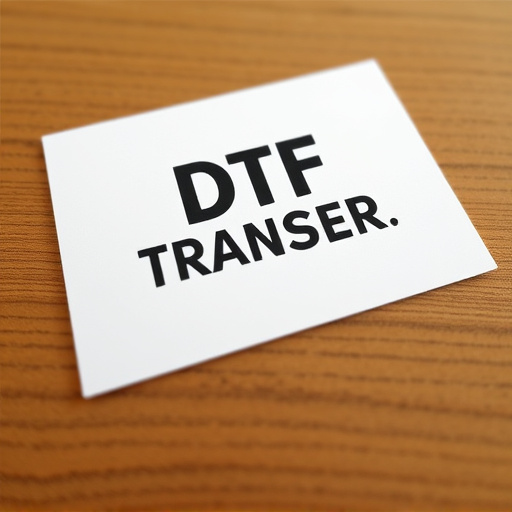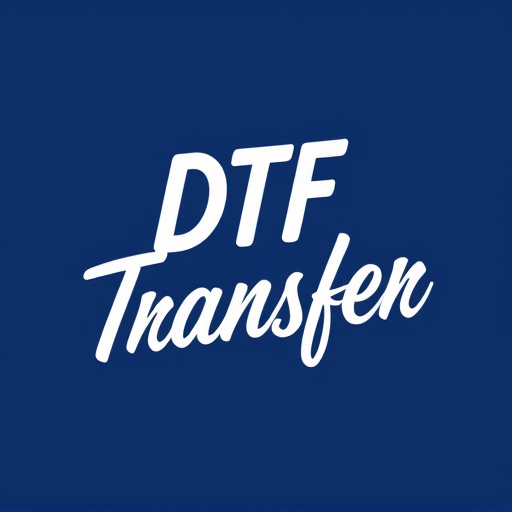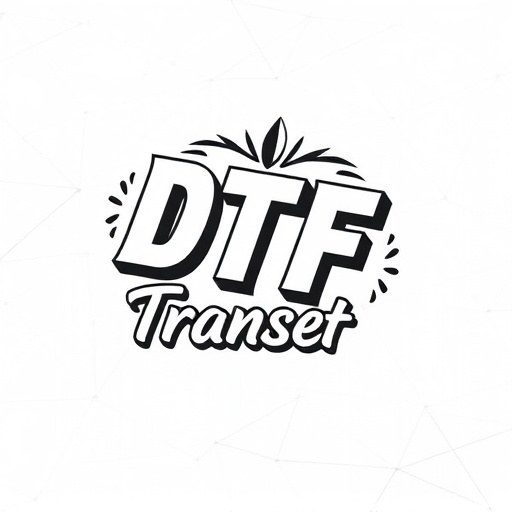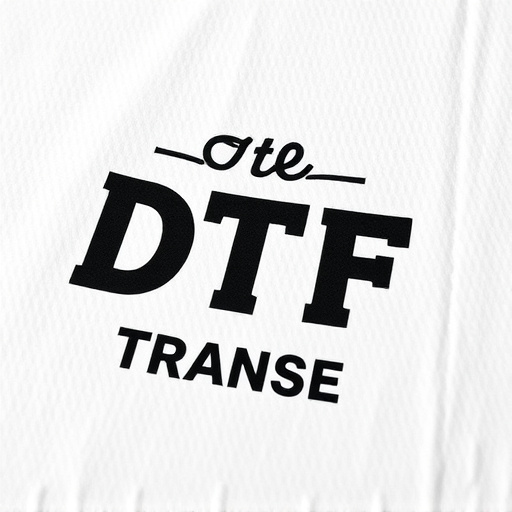Direct-to-film (DTF) transfer and printing offers cutting-edge customization with unmatched quality and flexibility. The process involves digitizing designs, printing them on transparent film, and then transferring them to media like vinyl or fabric under heat and pressure. Turnaround times vary from 2-4 weeks, depending on design complexity, print area, material, weather, and shipping. Efficient project management includes local vs. national delivery options, tracking technology for real-time updates, digital file management systems, and clear client communication to ensure timely DTF prints.
“In the realm of direct-to-film (DTF) products, understanding delivery options and timelines is pivotal for successful projects. This article delves into the intricate process of DTF transfer and printing, exploring common delivery choices—local versus national—and decoding typical order turnaround times. We analyze factors influencing speed and cost, emphasizing tracking methods for peace of mind. Additionally, we present best practices to ensure efficient handling of DTF prints, catering to both local and national audiences.”
- Understanding Direct-to-Film (DTF) Transfer and Printing Process
- Common Delivery Options for DTF Products: Local vs. National
- Timeframes: How Long Does a DTF Order Typically Take?
- Factors Affecting Delivery Speed and Cost of DTF Transfers
- Tracking Your DTF Prints: Ensuring Timely Delivery
- Best Practices for Efficient DTF Product Delivery
Understanding Direct-to-Film (DTF) Transfer and Printing Process

Direct-to-film (DTF) transfer and printing involve a precise process that brings digital designs directly onto physical media, such as vinyl or fabric. This modern method has revolutionized custom printing, offering unparalleled flexibility and quality for various applications. The DTF process starts with preparing the design digitally, ensuring it meets specific requirements for resolution and color accuracy. Once finalized, the design is printed onto a transparent film using specialized inkjet printers.
This film acts as a template, allowing for accurate placement of the image during transfer. Skilled technicians then apply heat and pressure to bond the film to the desired substrate, whether it’s a t-shirt, hat, or even a banner. The film is carefully removed, leaving behind the crisp, vibrant DTF print. This technique ensures fast turnaround times and high-quality results, making it a preferred choice for businesses and individuals seeking custom products with accurate detail and color representation.
Common Delivery Options for DTF Products: Local vs. National
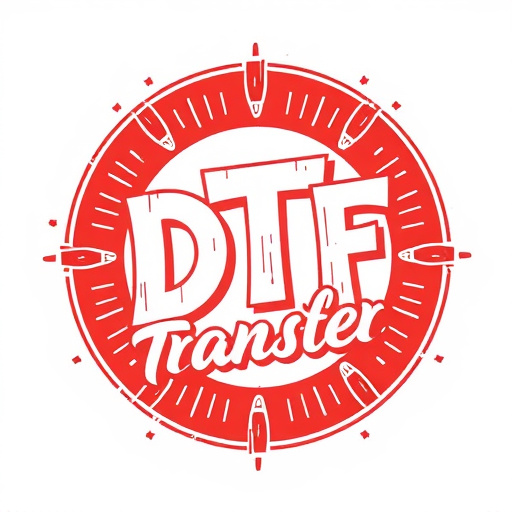
When it comes to Direct-to-Film (DTF) products, understanding delivery options is crucial for meeting production timelines. The choice between local and national delivery significantly impacts turnaround time and cost. Local DTF transfer services are ideal for smaller projects or those requiring urgent completion. These services often offer faster turnaround times due to shorter transport distances and direct access to local print facilities. This option is perfect for clients in close proximity, ensuring swift product receipt without extensive waiting periods.
National DTF printing services, on the other hand, cater to larger-scale orders and provide a more comprehensive solution for nationwide distribution. Despite potentially longer lead times due to distance, these services offer consistent quality and reliable delivery. They are particularly advantageous for businesses aiming to roll out marketing campaigns or product launches simultaneously across different regions. National DTF printing companies often have established networks, enabling them to manage large-volume orders efficiently and deliver DTF prints consistently within specified timeframes.
Timeframes: How Long Does a DTF Order Typically Take?

When placing a direct-to-film (DTF) order, understanding the typical timeframes is essential for managing expectations. The entire process, from design approval to final product delivery, usually takes around 2–4 weeks. This timeframe includes various stages, such as file preparation, printing, and quality control checks.
The duration can vary depending on several factors, including the complexity of the design, the size of the order, and any customization requests. Simple, single-color DTF transfers may be completed more swiftly, while intricate designs or bulk orders with specific requirements might take a bit longer. Efficient communication between the client and the printing team is key to ensuring timely delivery.
Factors Affecting Delivery Speed and Cost of DTF Transfers
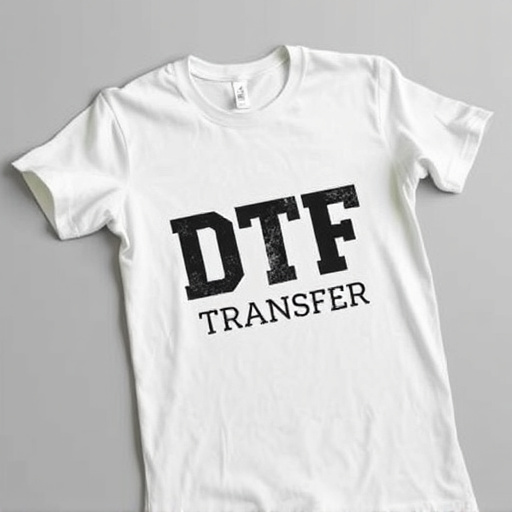
Several factors significantly influence the delivery speed and cost of Direct-to-Film (DTF) transfers. One key factor is the complexity of the design; intricate, detailed prints often require more time for preparation and may result in longer turnaround times. The size of the print area also plays a role; larger DTF prints can be more challenging to process and may impact delivery schedules. Additionally, the type of material used affects both cost and speed. Different substrates have varying levels of absorbency and adhesion properties, requiring specific techniques and materials, which can influence production time and expenses.
Weather conditions and shipping routes are external factors that can delay DTF transfers. Unfavorable weather may disrupt production timelines, while unpredictable shipping delays at various stages of the supply chain can impact the overall delivery timeframe for DTF prints. Moreover, peak seasons or high demand periods often lead to longer processing times and potential cost increments, as resources and labor might be more scarce during these periods.
Tracking Your DTF Prints: Ensuring Timely Delivery

Staying on top of your DTF (Direct-to-Film) prints delivery is key to a seamless experience. After all, timely delivery ensures that your customers receive their orders when expected, enhancing overall satisfaction. One effective way to achieve this is through tracking technology integrated into the DTF transfer and printing process. This enables you to monitor the progress of each print job from start to finish.
By utilizing dedicated software or platforms, you gain real-time insights into the status of your DTF prints. From order placement to printing completion and shipping, you can track every step, ensuring no delays or errors creep in. This level of transparency allows for proactive communication with clients, setting reasonable expectations regarding delivery timeframes.
Best Practices for Efficient DTF Product Delivery
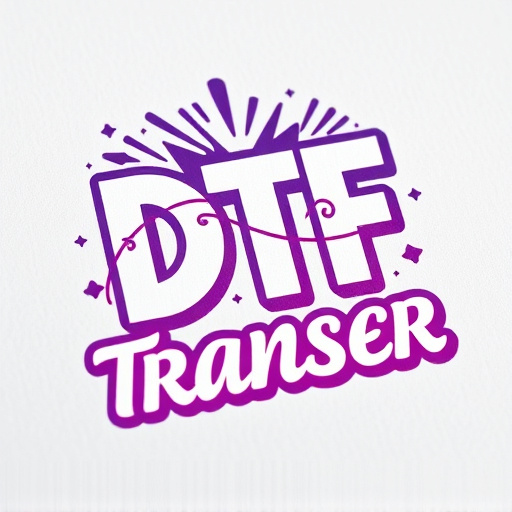
When it comes to direct-to-film (DTF) product delivery, efficiency is key to ensuring timely and satisfied customers. Best practices involve streamlining the order process by implementing digital file management systems that accept high-quality, print-ready DTF transfers and prints. This reduces manual intervention and potential errors during production.
Additionally, establishing clear communication channels with clients regarding file formats, resolutions, and desired finishes is essential. Timely turnaround times can be achieved by prioritizing orders based on urgency, pre-scheduling deliveries, and providing accurate estimated delivery dates. Consistent monitoring of the production pipeline allows for proactive addressing of any delays, ensuring smooth and efficient DTF transfer and printing operations.
